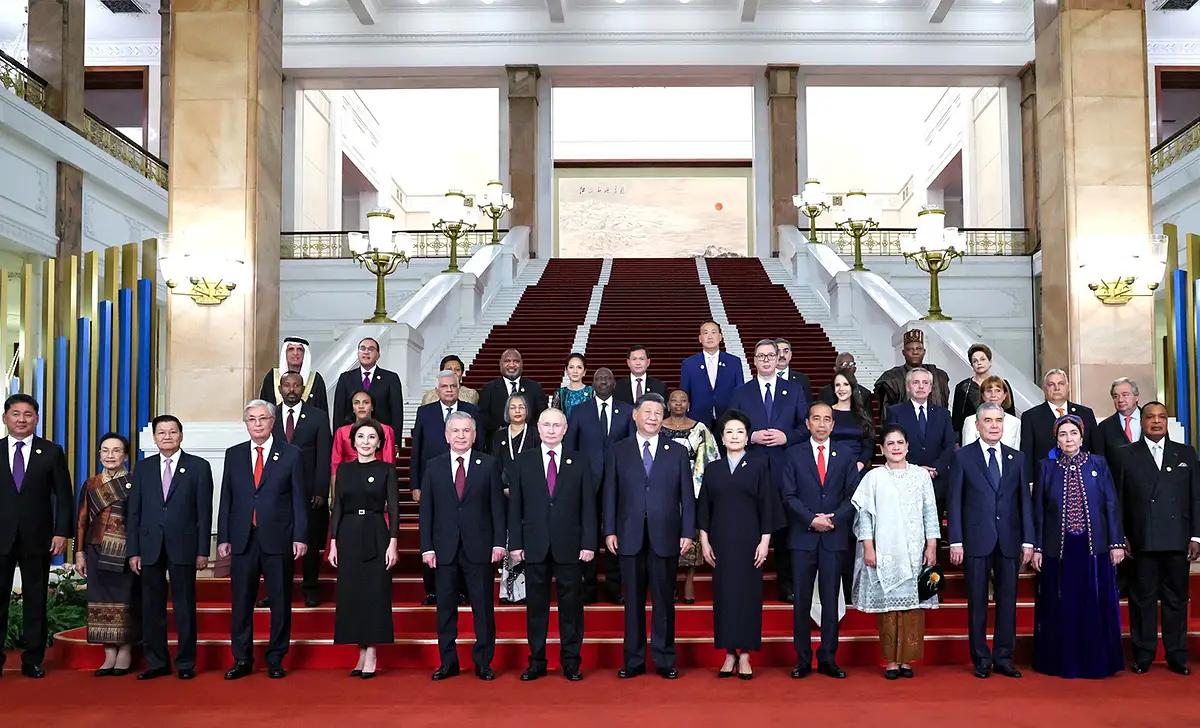This week, President Biden and President Xi Jinping of China will meet in San Francisco on the fringes of the Asia-Pacific Economic Cooperation conference. High on Washington’s agenda is reaching agreement to move forward with military-to-military engagement, which has been reduced by the People’s Liberation Army to perfunctory levels since August 2022. In the article below—originally published on June 27 by The Hill, in the aftermath of another high-level meeting between Washington and Beijing—CNA Vice President for China and Indo-Pacific Security Affairs David Finkelstein discusses why it is imperative to restart meaningful military communication.
Secretary of State Antony Blinken’s recent meetings with Chinese leaders in Beijing were a positive development in an otherwise fraught period in U.S.-China relations. While it is still too early to know for sure, the visit holds out the prospect that serious high-level political and economic discussions may once again take place in an attempt to arrest the downward trajectory in the relationship.
Conspicuously absent, however, was movement on restarting communications channels between the two military establishments. When asked at a news conference about progress on this front, the secretary stated, “at this moment, China has not agreed to move forward with that.”
Broken Lines of Communication
Meaningful U.S.-PRC (People’s Republic of China) military communication has been moribund for almost a year. In retaliation for former House Speaker Nancy Pelosi’s visit to Taiwan in August 2022, Beijing suspended the various channels and forums that make up the lines of communication between the two forces. It is through these mechanisms — such as the Defense Consultative Talks and the Military Maritime Consultative Agreement — that both sides air concerns and manage tensions. For months now, these channels have been severed, with only the most perfunctory working-level communications taking place.
Except for the early- to mid-1980s, when both countries shared common concerns about the Soviet Union, military ties have always been the weakest link in U.S.-China relations. With the demise of the USSR, common strategic concerns were replaced by mutual strategic mistrust. Over the years, both sides have chosen at times to severely curtail or completely suspend military relations to signal displeasure over specific incidents or policies. This has been the historical record, and it must end.
The High Stakes of Not Talking with the People’s Liberation Army
Today, suspending military channels of communication is no longer the relatively low-risk move it has been in the past. To the contrary, in the context of today’s military situation in the western Pacific, the absence of meaningful communication between the U.S. and Chinese militaries is a high-risk and increasingly dangerous proposition.
Strategically, given ever-rising levels of mutual distrust, senior American and Chinese defense and military leaders and their key lieutenants must be able to speak to each other in the most direct fashion possible to clarify strategic intent, provide messages of reassurance and even convey warnings. They must be able to hear directly from their counterparts the rationales for policies or actions that either side finds problematic. And they must be able to understand each other’s threat perceptions.
In the absence of direct channels of communication, the risks of misperception leading to miscalculation are all too real. For example, in the autumn of 2020, prior to the U.S. presidential election, analysts in the People’s Liberation Army (PLA) had convinced themselves that the U.S. military was preparing to stage an attack against Chinese forces for domestic political reasons. Lines of communication were opened, assurances provided, and the possibility of an incident was avoided.
U.S. and Chinese military forces are regularly operating in close proximity in the air and on the seas: exercising, surveilling and transiting. The number of publicly reported incidents and near-accidents between U.S. and Chinese forces seem to be increasing. The possibility of an accident or a kinetic incident between the two militaries is part of the new reality in the western Pacific. At the moment, the ability of the two sides to communicate in order manage a potential incident is dangerously weak, and the possibility of escalation is real.
Neither the Pentagon nor the PLA is anxious for an incident between their forces, let alone a conflict. This is the one thing both sides agree on. Yet, the longer that the lines of communication remain severed, the larger the possibility of a crisis in the Pacific or strategic-level miscalculation. It is time to get past the politics, the polemics and the pique and get back to the serious business of responsibly managing the most potentially dangerous part of U.S.-Chinese tensions: the military dimension.



